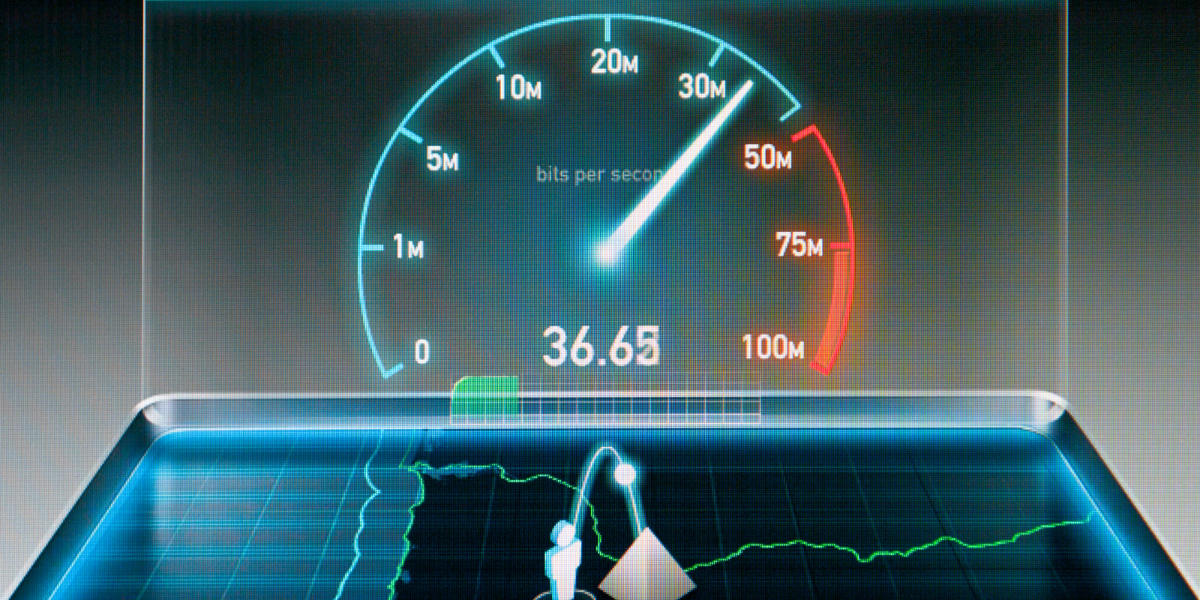Have you ever wondered, “How fast should your website be?” As quickly as possible,” is the short answer. However, “fast” isn’t just a nice-to-have in today’s cutthroat online environment—it’s a necessity. Conversion rates, SEO rankings, and even the perceived credibility of your brand among prospective buyers are all impacted by its speed. This guide will explain industry standards, the importance of speed, and the best resources for testing and enhancing it.
Why Business Owners Should Consider Website Speed
- Improved SEO Rankings: Page speed is one of Google’s ranking factors. You may lose out on valuable traffic if your site loads slowly.
- Increased Conversions: Research indicates that conversion rates decrease by as much as 7% for every second of delay.
- Enhanced User Experience: If a site feels slow, users will quickly abandon it. A responsive and fluid site keeps users interested for longer.
Benchmarks for Website Speed You Should Aim For
- Fully Loaded Time: Less than three seconds is deemed good, and less than two seconds is outstanding.
- Google advises 2.5 seconds or less for Largest Contentful Paint (LCP).
- Time to First Byte (TTFB): It should be less than 200 ms.
- Mobile users are less patient; mobile performance is on par with or faster than desktop.
💡 Pro Tip: If a site loads slowly, it will perform poorly, even if it is beautiful.
Tools for Evaluating the Speed of Your Website
- Google’s free tool
- displays the LCP, FID, and CLS Core Web Vitals.
- provides detailed recommendations for improvement.
- evaluates requests, page size, and load time.
- provides optimization advice along with a letter grade.
- Excellent for identifying heavy components that are slowing down your website
- Easy tracking of load times across various locations
- Beneficial for continuous performance evaluation
- Detailed test results
- enables testing across various browsers and devices.
Ways to Increase the Speed of Your Website
- Utilize programs like TinyPNG or Squoosh to reduce the size of images without sacrificing quality.
- To deliver content more quickly anywhere in the world, use a content delivery network (CDN).
- Reduce the number of HTTP requests by merging JavaScript and CSS files.
- Turn on browser caching to speed up site loading for repeat visitors.
- Select a fast hosting provider because they have the power to make or break the speed of your website.

Last Thought
What is the ideal speed for your website? It should ideally load completely in less than three seconds, with performance optimized for both desktop and mobile devices. Speed is a competitive advantage that goes beyond user experience. Your SEO, conversions, and brand image will all improve with a faster website.
Start by evaluating your website using Google PageSpeed Insights and GTmetrix right now if you’re not sure how it compares. A few minor adjustments could result in increased leads, sales, and satisfied clients.






